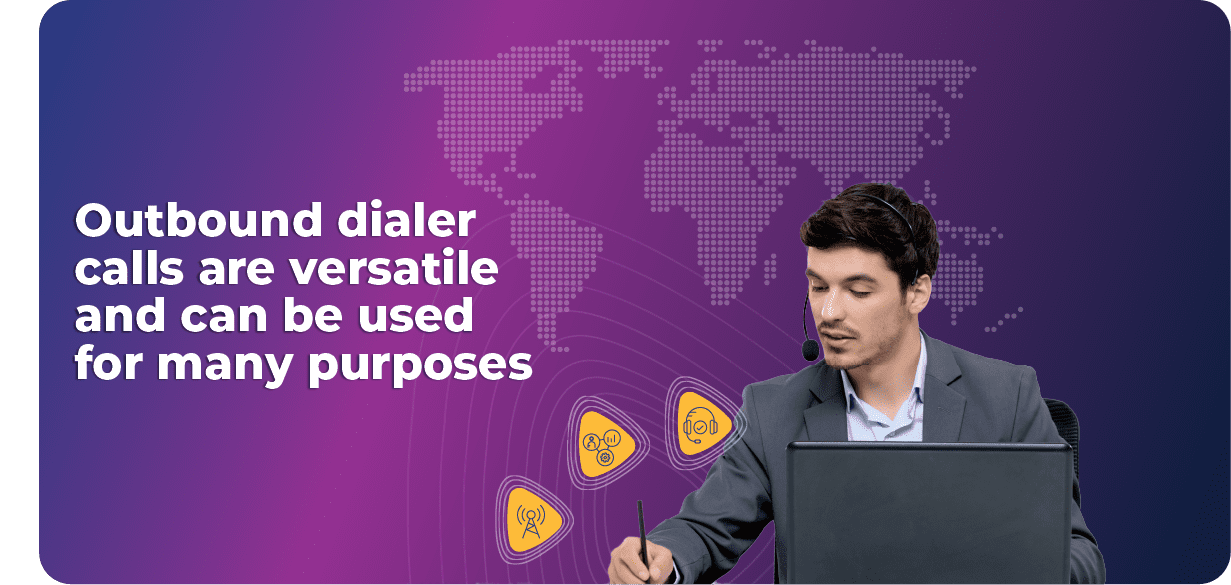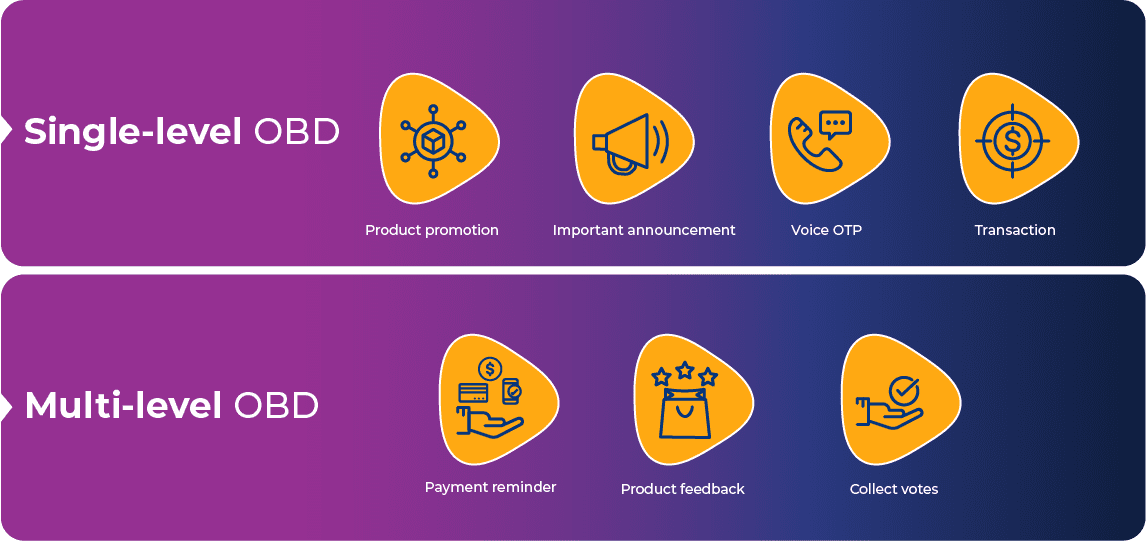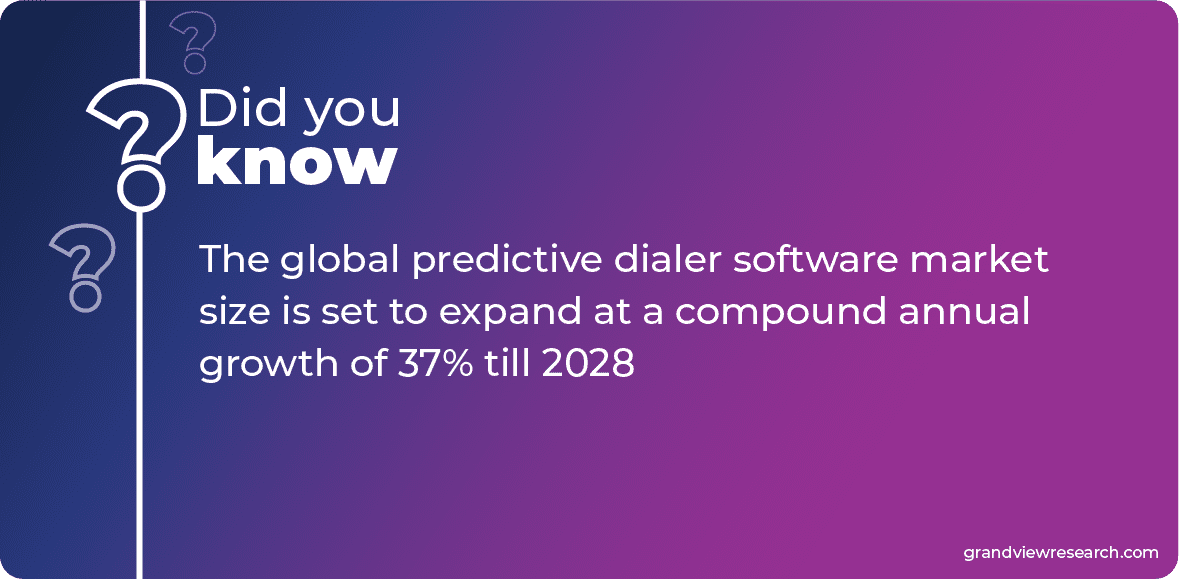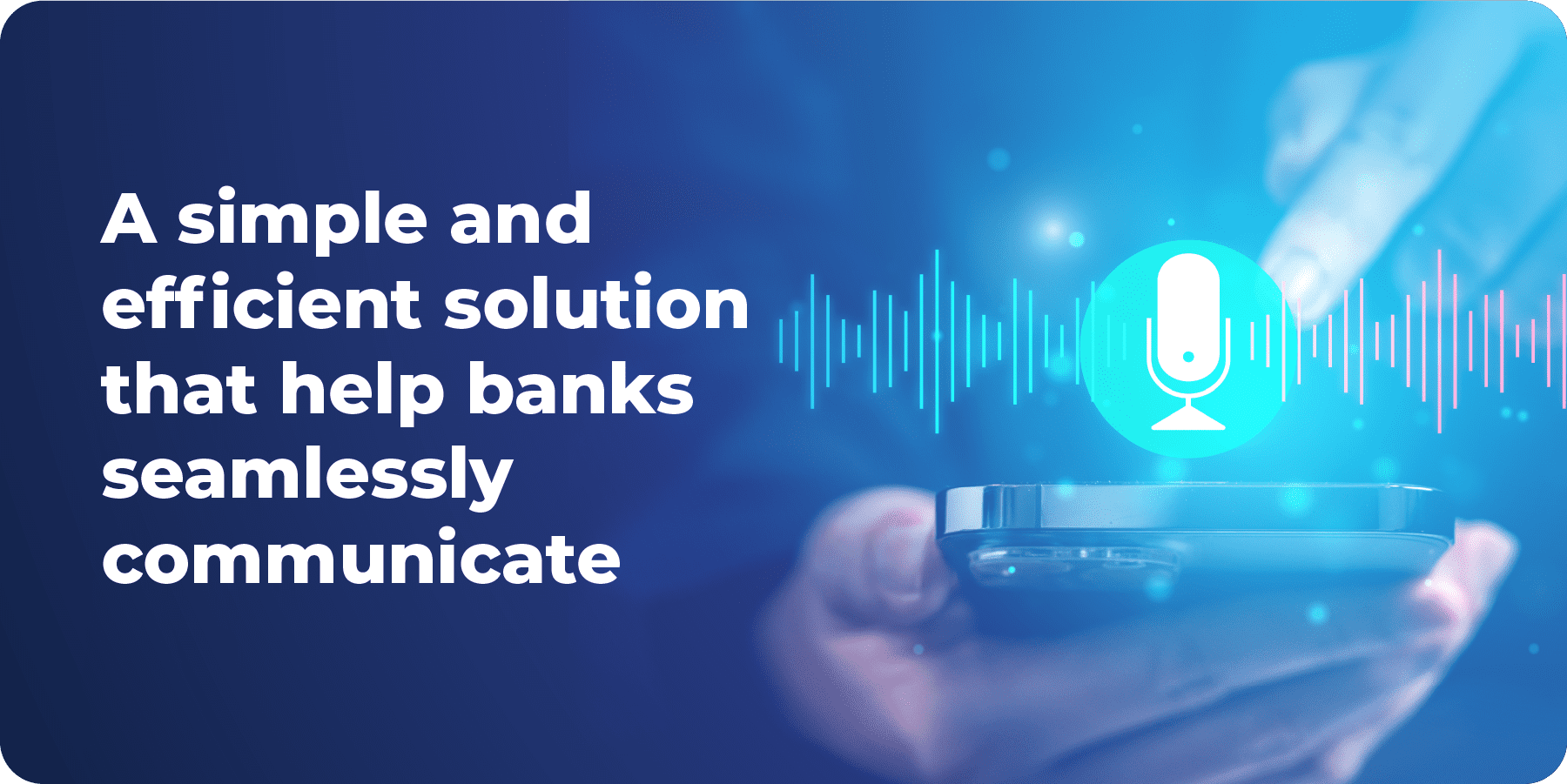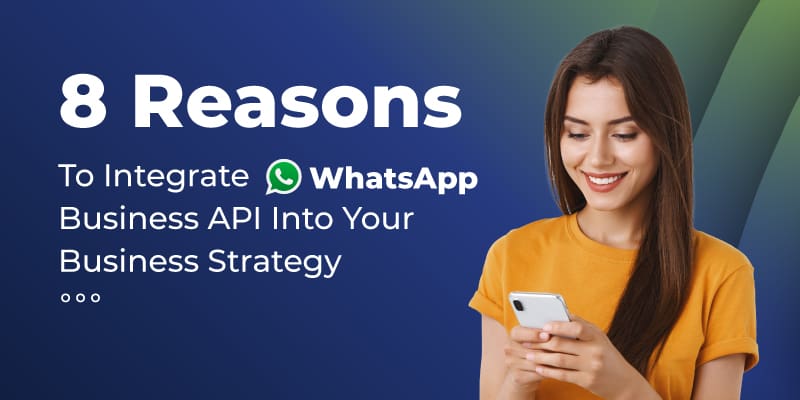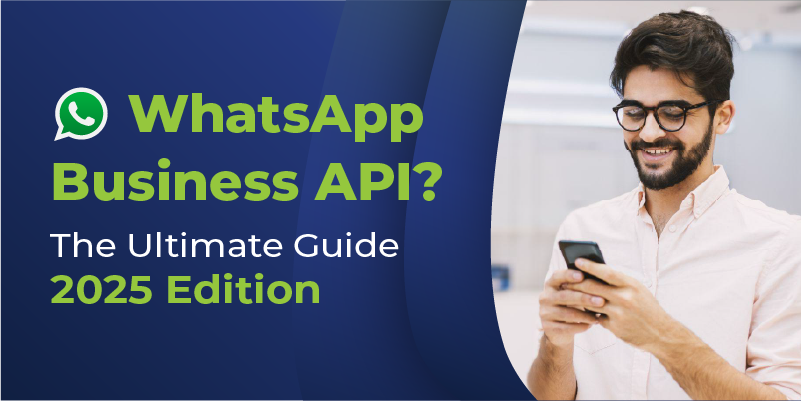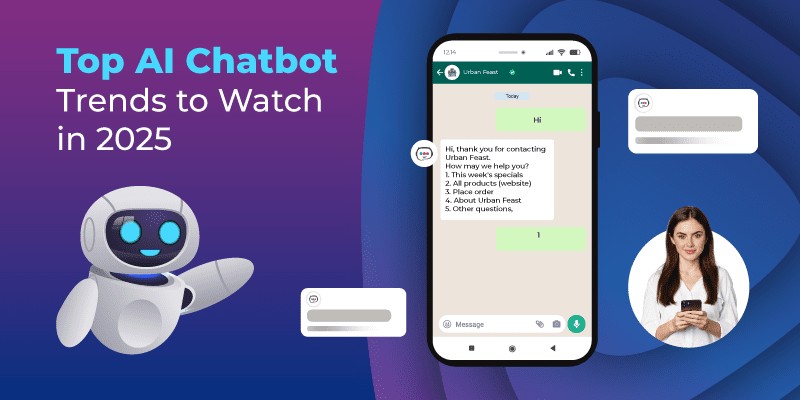Outbound Dialer (OBD) is an automated phone call that essentially relays a pre-recorded voice message to the customer. It can be sent to an end number of users at any given point in time in the language of choice. However, how automated calls can work for most businesses? Can they do more than just deliver automated outbound calls and messages?
Outbound dialer calls are versatile and can be used for call blasts, scheduling appointments, client outreach, integrated call campaigns, surveys, product marketing, reminders, follow-ups, feedback, event-based calls, political campaigns, event registration, OTP through Voice Call, etc.
Single vs. Multi-Level Outbound Dialer
A single-level OBD deals with plain voice messages, whereas a multi-level OBD takes input from the listener and tries to create a conversation with the user. Single-level OBD with voice messages is more popular for product promotions, essential announcements, voice OTP, and transaction confirmation. In contrast, multi-level OBD is the most opted-for payment reminder with an option to make payments, take product/service feedback, and collect votes.
Although one-way and two-way communication is available in SMS campaigns, the response must be typed in a text, which can be time-consuming and inconvenient. Besides, the response rates and reach of outbound dialers are higher than SMS as even semi-literate customers can respond to a call but are incapable of reading and responding to an SMS, which makes it an especially popular channel of communication for brands in rural areas. OBD can convey a lot more information as compared to an SMS campaign in one message as SMS has a character limit. It is more cost-effective and gives more exhaustive reporting than an SMS, which provides only open rates. This can be instrumental in determining the changes in the messaging of the OBD campaign.
However, when SMS is combined with OBD, the campaign can be even more impactful as the limitations of SMS are overcome, and the audience on each channel is captured effectively. This is especially true when catering to a large audience.
5 Applications of Outbound Dialer
1. Important Announcements
Important and urgent alerts, such as flight delays, gate changes, failed booking transactions, refunds, and much more, can be conveyed easily and on time. OBD is more successful and has a higher engagement rate than SMS and email, as users are alerted directly and proactively to provide timely information to end-users.
India’s leading platform for booking flight and train tickets wanted to reduce their support tickets for failed bookings. They wanted to timely inform their customers about the refund process before they raised a support ticket. They implemented OBD calls to inform users on time about failed bookings, which proved to be five times more effective as compared to email and proved to be even more impactful than SMS. It enabled the company to reach the maximum number of users, had good pick-up rates, and reduced the number of people raising support tickets from 80% to 25%. This increased the productivity of their support team and lowered costs considerably.
2. Feedback/Registration with DTMF input
Feedback is an essential aspect of any customer journey, and OBD performs this function while making it look effortless. For example, if any event company needs feedback about their event, they can get feedback by sending an OBD to all attendees with a single-level DTMF input. The user can press 1 if they liked the event or 2 if they disliked it.
3. Personalized Calls
OBD’s versatile nature can be utilized to send personalized calls to many bases. E.g., for payment reminders, such as loan payments, mobile bill payment due dates, etc. Financial companies find it costly to use their customer service agents to call customers for their EMI payments. Also, they cannot touch base with all their customers on time. OBD assists these institutions in touching base with all the customers with personalized information about the EMI date and amount. Hence, in a single campaign, all the users with different amounts and due dates can get a call with their respective amounts. This way, the financial institutions can use their agents more strategically for other interactive activities and cross-selling other bank products.
4. Lead Generation & Call Patching
Call patching enables a brand or enterprise to link its callers or prospective leads in real time with suitable customer care agents or Sales experts via a CPaaS/cloud communication provider. A financial company calls potential users that they are eligible for a personal loan of 5 Lakh. If interested, the end-user can press one, and as soon the customer presses one, the call is patched to the agent immediately.
The capability of an OBD to enable businesses to reach millions of their customers simultaneously through SMS or voice call campaigns makes it an ideal channel for large campaigns. It can increase touchpoints, which equates to more leads than before, which in turn increases the number of conversions.
5. Product Promotion
Usually, the OBD feature is used to promote a product and then encourage users to know more about it by connecting to an agent by pressing the necessary keypad inputs. An e-commerce giant’s seller platform lets sellers list and sell their products on the website. Few sellers were struggling to sell their products. The e-commerce website wanted to assist sellers in improving their impact listing, thereby improving their sales. The e-commerce giant came up with third-party services that help sellers sell their products effectively, like choosing the right category for the product or presenting with the right kind of images.
The e-commerce giant promoted these services with the help of OBD system coupled with an IVR. The e-commerce executed these outbound campaigns on sellers’ phone numbers; the sellers heard the pitch and interacted with the service using the IVR. The seller can provide their interest in any of the services by just pressing a key in their mobile.
It helped the e-commerce giant cross-sell their product/services to the seller, creating an additional revenue stream for themselves. The seller benefited from these specialized services in terms of better product visibility, proper accounting management, quick selling, and generating revenue. It also benefited from the appropriate listing of products, increasing sales from its portal and revenue.
Some of the other things that can ensure a successful OBD campaign would be to conduct detailed research on who the target audience is and personalize and localize the message accordingly. It is essential to have a clear intent, give specific instructions for the pre-recorded message, and keep the message short, up to 1-2 minutes. Enterprises should find the right time to make calls, set automatic retries if the customers do not answer, carry out a thorough analysis of feedback received, and make appropriate modifications.
For more information, reach out to our experts by clicking here

